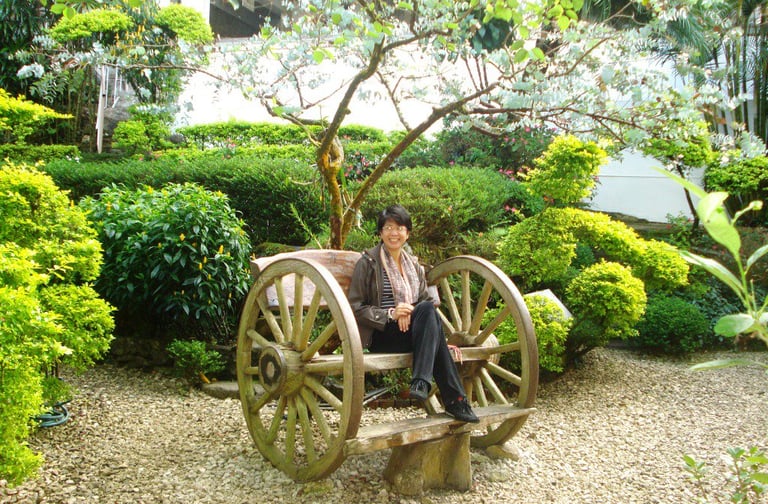Autofiction: Blurring Reality and Imagination
AUTHOR AT WORDHOUSE


The literary genre of autofiction has gained popularity in recent years. Combining elements of autobiography and fiction, autofiction blurs the line between reality and imagination, challenging the traditional notions of storytelling. What is autofiction? How is it relevant in the age of TikTok?
What is Autofiction?
Autofiction is a genre that emerged in the late 20th century and gained prominence in the literary world. It refers to writing where the author incorporates elements from their own life into a fictional narrative. Unlike traditional autobiography, autofiction allows for a more subjective and creative approach to storytelling.
Autofiction doesn't always adhere strictly to the truth. As authors imagine and shape their personal experiences, they might exaggerate, embellish, or even fabricate certain details to enhance the storytelling or convey a deeper meaning. Authors delve into the psychological, emotional, and philosophical aspects of their lives in a way that is not always possible in a traditional autobiography. Authors can mix real-life events with fictional elements to create a more engaging or thought-provoking narrative.
Between Biography and Diary Writing
A defining characteristic of autofiction is its ability to blur the boundaries between biography and diary writing. While a biography aims to provide an objective account of a person's life, autofiction is a more introspective and personal exploration of the self. The factual elements of a biography is woven into the emotional depth of diary writing. Autofiction acknowledges memory as subjective and our perception of events as influenced by our emotions and experiences.
Example 1: Novel
The Sound and the Fury by William Faulkner is narrated from the perspectives of four members of the Compson family, each offering a fragmented and subjective view of their lives. This structure and the language challenge traditional notions of linear narrative and objective truth.
Example 2: Short Story
"The Yellow Wallpaper" by Charlotte Perkins Gilman is a semi-autobiographical account of a woman suffering from postpartum depression, who is confined to a nursery room with a yellow wallpaper. The story explores the protagonist's descent into madness and her subjective perception of reality.
Example 3: Memoir
The Glass Castle by Jeannette Walls is a memoir that blends elements of fiction with factual events to tell the story of Walls' unconventional childhood growing up with her nomadic parents. The book explores themes of family, poverty, and the subjective nature of memory.
True Stories in the Age of TikTok
In the age of TikTok and social media, where authenticity and self-expression are highly valued, autofiction has found a new relevance. Platforms like TikTok encourage users to share snippets of their lives, blurring the line between reality and performance. Autofiction allows authors to navigate this landscape and tell their stories in a way that resonates with the digital age.
However, the challenge of telling a true story about oneself in the age of TikTok lies in the potential for the self-curation and creation of an idealized version of oneself. Social media platforms encourage users to present a carefully crafted image, which may not reflect the complexities and contradictions of real life.
Autofiction, on the other hand, embraces the messiness of human existence and acknowledges the limitations of self-representation. Autofiction is a genre that pushes the boundaries of traditional storytelling. By blending elements of biography and diary writing, autofiction allows authors to explore the complexities of their lives subjectively and creatively.
In the age of TikTok, where authenticity is highly valued, autofiction offers a unique perspective on telling true stories about oneself. It challenges the notion of a single, objective truth and encourages readers to question their perceptions of reality.

Contact Us
Share your thoughts on our articles. We welcome comments in any language. Please provide your name and email to get started.


